PeriFlux vascular systems
With models to suit both clinical and clinical research settings, our PeriFlux vascular systems are designed to meet the efficiency and measurement accuracy demands of modern vascular care.
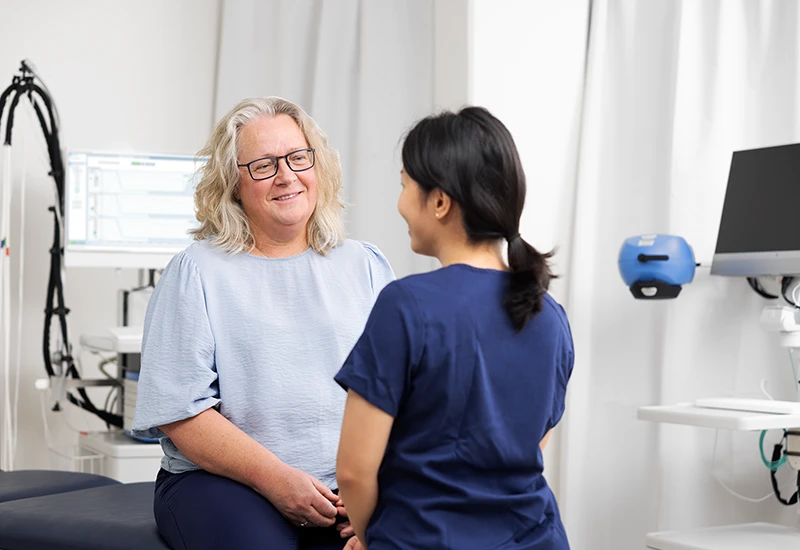
Meeting the efficiency and accuracy demands of vascular care
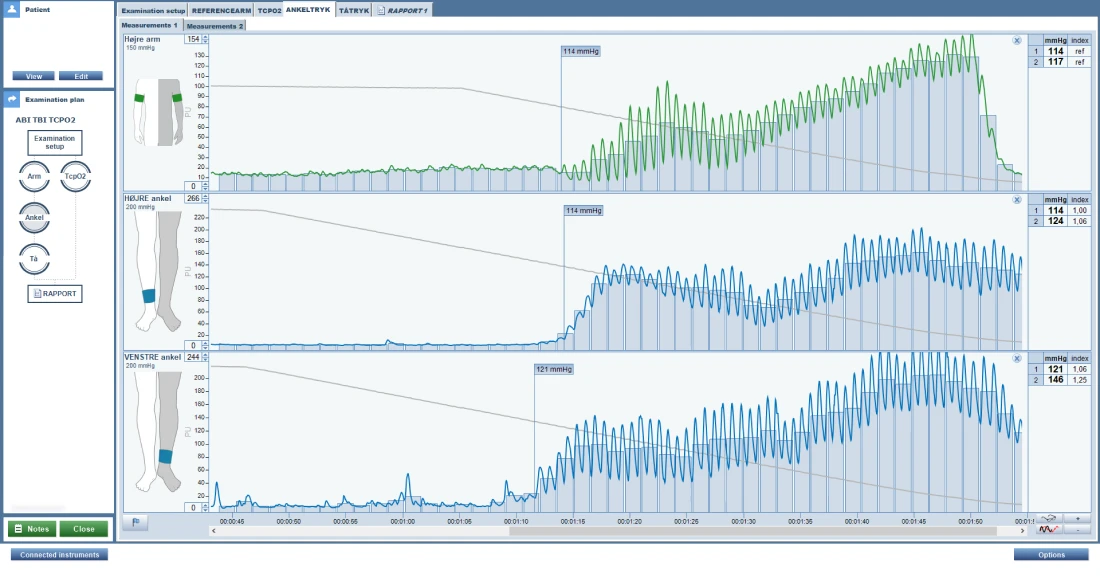
The current generation, PeriFlux 6000, supports a comprehensive range of macro- and microcirculation measurements. Leveraging Clark electrodes for TcpO2, laser Doppler, and advanced signal processing PeriFlux 6000 delivers robust (precise, accurate, repeatable, and objective) measurements, ensuring suitability for patient follow-up and longitudinal research.
The PeriFlux 6000 portfolio comprises a range of instruments primarily designed for clinical use but includes some specialized devices for clinical research.
Clinical exams
The clinical exams supported by PeriFlux 6000 include most of the established assessments used in modern vascular care:
| Macrocirculation exams | Microcirculation exams | |
| Lower arterial | Toe pressure / TBI | TcpO2 — baseline, oxygen challenge, and leg elevation |
| Ankle pressure / ABI | Skin perfusion pressure (SPP) | |
| Segmental pressure | Laser Doppler with heat | |
| Pulse volume recording (PVR) | Post occlusive reactive hyperemia (PORH) | |
| Treadmill test (exercise ABI) | ||
| Penile pressure | ||
| Upper arterial | Finger pressure | TcpO2 — baseline |
| Raynaud’s syndrome | Skin perfusion pressure (SPP) | |
| Thoracic outlet syndrome | Laser Doppler with heat |
Clinical applications
Peripheral artery disease
Diabetic foot
Wound healing
HBOT eligibility and effectivity
Amputation
Complete hemodynamic assessment
Chronic limb-threatening ischemia (CLTI)
Exercise physiology
Endothelial dysfunction
Peripheral artery disease (PAD)
PAD affects around 21-26 million people in the US [1] — more than 7% of the population. Two-thirds of people with PAD do not experience the classic intermittent claudication symptom [2], meaning they are often unaware they are ill until it’s too late. Without intervention, delayed treatment for PAD with diabetic foot can lead to limb loss — 85% of which can be prevented [3].
Recommendations included in, for example, the Global Vascular Guidelines [4] for assessing patients with suspected PAD highlight the need to stage the limb threat and use multiple measurements in diagnosis, prognosis, and treatment. We have designed PeriFlux 6000 to align with these best practices and the clinical needs of busy practices.
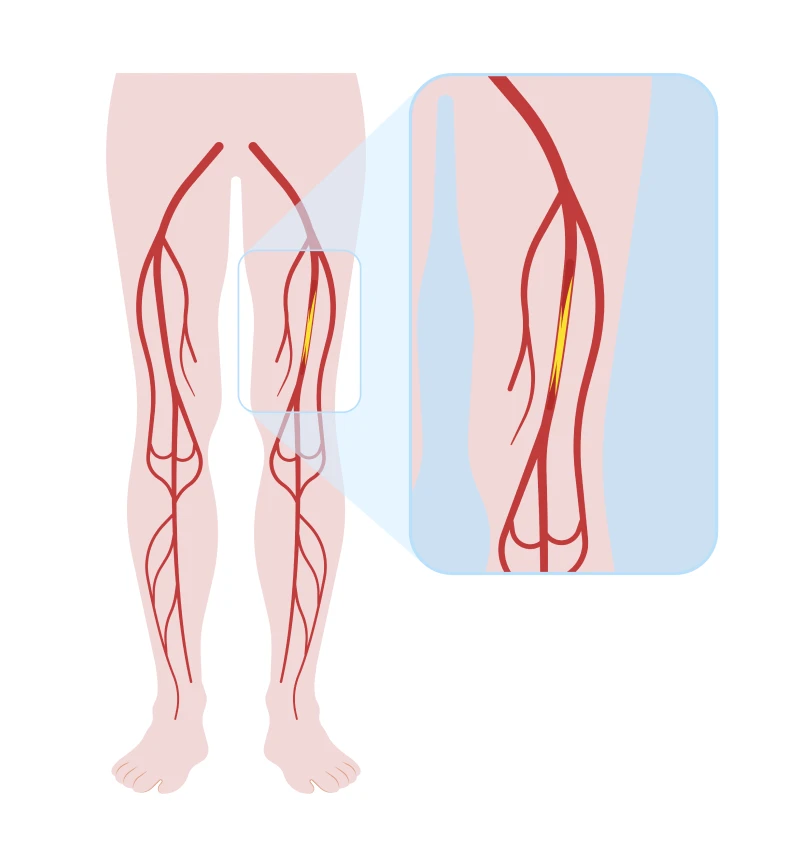
Diabetic foot

Figures published by the International Diabetes Federation, indicate 51 million (1 in 7 adults) in the US with diabetes, costing 415 billion USD and almost a million deaths [5].
The American Heart Association estimates the number of lower-extremity amputations to be approximately 50,000 a year [6], which translates to a limb lost every 3.5 minutes in the US. The alarming reality is that over 70% of amputees do not survive more than five years after surgery [7].
There are multiple reasons for this high mortality rate. Post-op depression, reduced mobility, poor wound healing, and chronic systemic inflammation are common for people with diabetes. Preventing amputation is crucial.
Intersocietal guidelines [8] highlight the consensus among leading medical societies in the vascular field on the need for screening with multi-metric measurement of both macro- and microcirculation. Toe pressure, skin perfusion pressure (SPP), and transcutaneous oxygen pressure (TcpO2) are among the exams mentioned. We designed PeriFlux 6000 to support these exams.

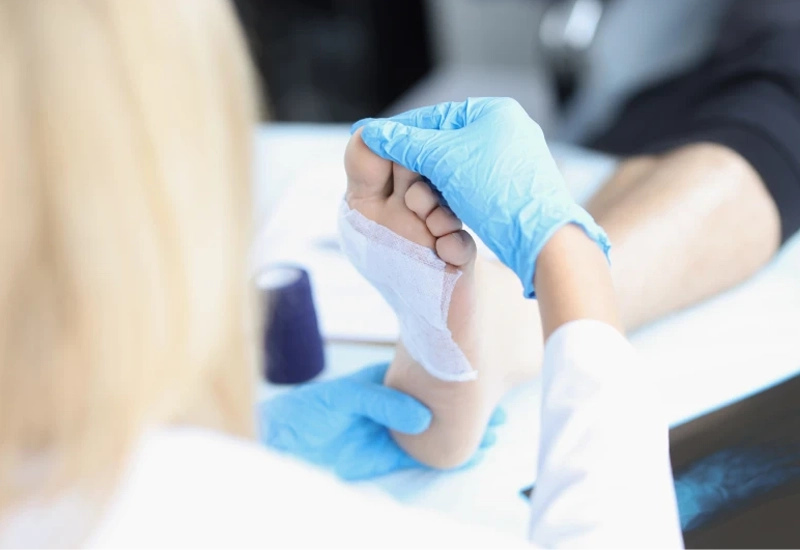
Wound healing
Clinicians rely on a range of tools to assess the potential of a wound to heal: their expertise, established understanding of the stages of wound healing, visual inspections, and easy-to-perform touch tests like capillary refill.
However, not all wounds or patients are the same. Diabetes causes impaired microcirculation, which affects healing potential as it reduces the level of essential oxygen and nutrients at the wound site [9].
Wounds need oxygen to heal. Assessing microcirculation capacity with TcpO2 is a reliable and noninvasive means of evaluating how much oxygen a wound can receive. For wounds on the sole on the foot or if edema is present, skin perfusion pressure (SPP) offers a viable noninvasive alternative to TcpO2 to assess the healing potential of impaired tissue. We designed PeriFlux 6000 to support both TcpO2 and SPP.
Multiple configurations
PeriFlux 6000 comes in multiple configurations, including a fully packed system-on-cart solution supporting all macro- and microcirculation exams with an intuitive interface to guide you through every step.
All PeriFlux 6000 configurations deliver measurements in a comprehensive report, come with a local printer option, and include features for HIPAA compliance.
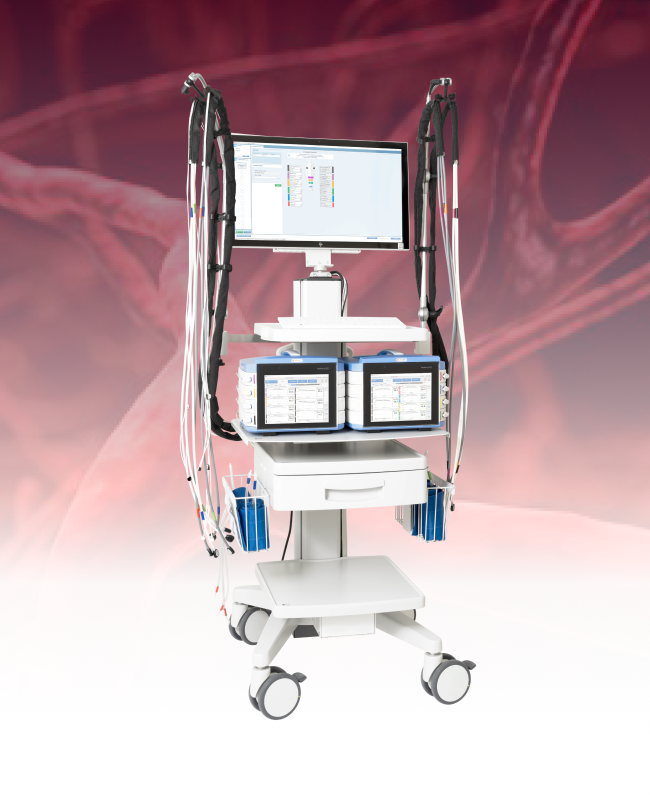
TcpO2
For use in hyperbaric and wound-healing centers, for example, we offer TcpO2-only solutions — on-cart or as a compact standalone instrument.
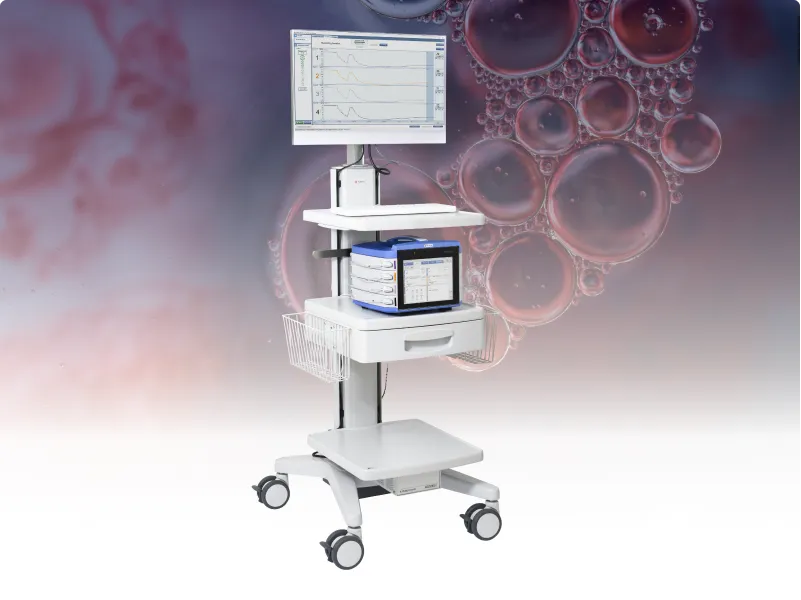
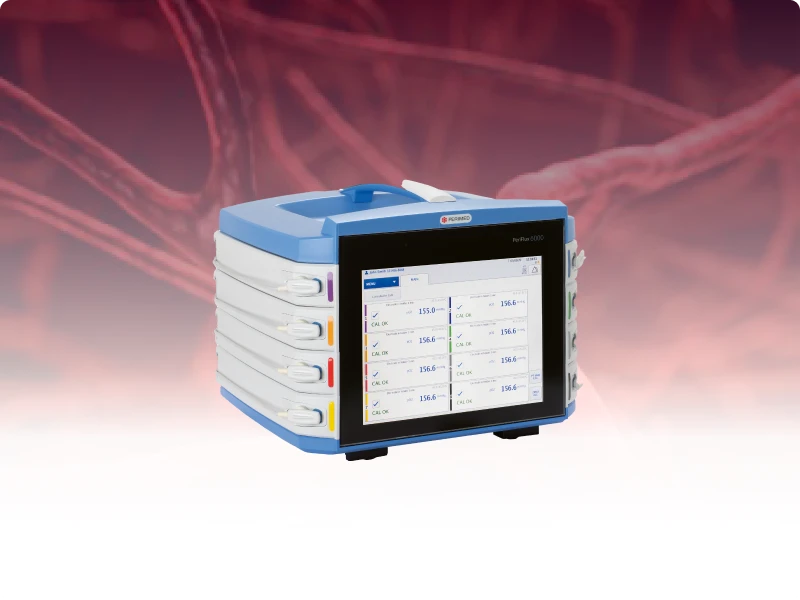
Pressure-based exams
If your vascular care focuses on pressure exams like toe pressure and TBI, ankle pressure and ABI, SPP, or segmental pressure, our on-cart pressure system is probably best suited to your needs.
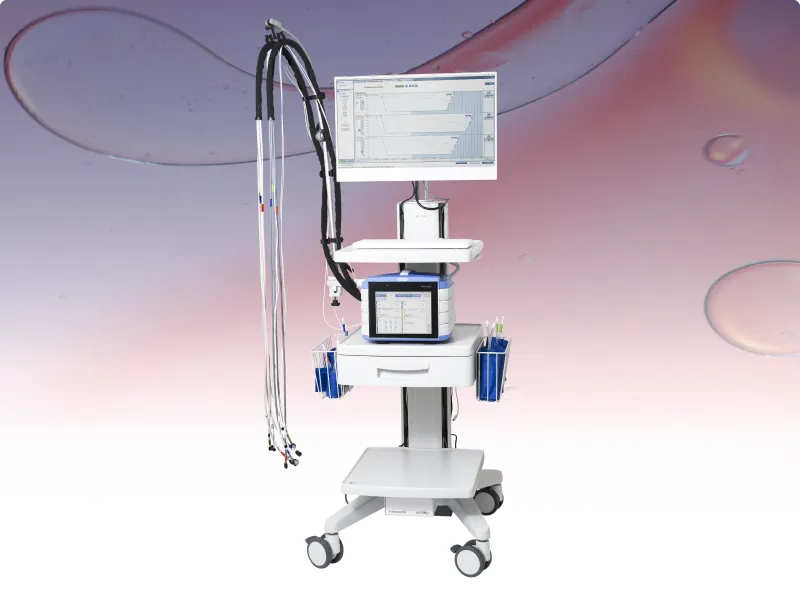
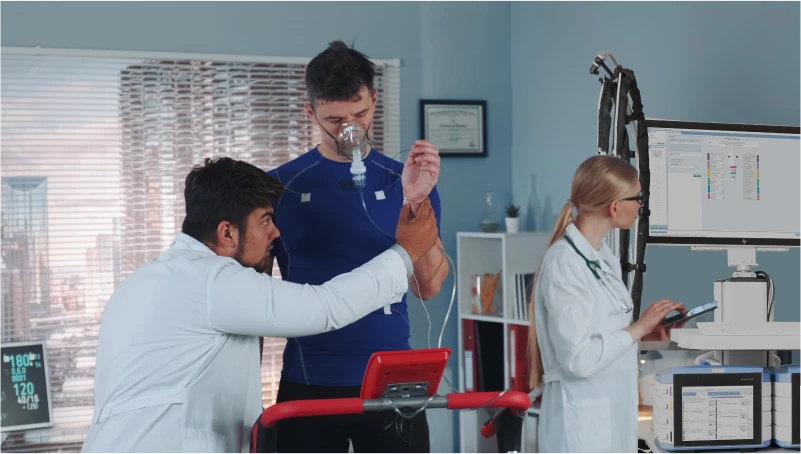
Use in clinical research
Thanks to the reproducibility of laser Doppler technology and advanced signal processing, PeriFlux 6000 delivers measurement reliability that guarantees high-quality findings in research studies
PeriFlux 6000 is highly applicable in research where the microcirculation plays a critical role such as drug development, endothelial dysfunction, and exercise physiology.
Contact US
Get in touch
If you would like to know more about PeriFlux 6000 and its practical application in clinical and research settings, fill out the form and a local representative will be in touch.
References
- The Current U.S. Prevalence of Peripheral Arterial Disease, April 2023. https://www.hmpgloballearningnetwork.com/site/vdm/current-us-prevalence-peripheral-arterial-disease
- Virani et al. American Heart Association Council on Epidemiology and Prevention Statistics Committee and Stroke Statistics Subcommittee. Heart Disease and Stroke Statistics-2021 Update: A Report From the American Heart Association. Circulation. 2021 Feb 23;143(8):e254-e743. doi: 10.1161/CIR.0000000000000950. https://pubmed.ncbi.nlm.nih.gov/33501848/
- Wilson DJ. Amputation and the diabetic foot: learning from a case study. Br J Community Nurs. 2005;10(12):S18-S24. doi:10.12968/bjcn.2005.10.Sup4.20145 https://pubmed.ncbi.nlm.nih.gov/16415726/
- Conte MS, Bradbury AW, Kolh P, et al. Global vascular guidelines on the management of chronic limb-threatening ischemia [published correction appears in J Vasc Surg. 2019 Aug;70(2):662]. J Vasc Surg. 2019;69(6S):3S-125S.e40. doi:10.1016/j.jvs.2019.02.016 https://pubmed.ncbi.nlm.nih.gov/31159978/
- International Diabetes Federation. IDF Diabetes Atlas, 10th edn. Brussels, Belgium: 2021. Available at: https://www.diabetesatlas.org
- Creager MA, Matsushita K, Arya S, et al. Reducing Nontraumatic Lower-Extremity Amputations by 20% by 2030: Time to Get to Our Feet: A Policy Statement From the American Heart Association. Circulation. 2021;143(17):e875-e891. doi:10.1161/CIR.0000000000000967 https://pubmed.ncbi.nlm.nih.gov/33761757/
- The New England Journal of Medicine. Diabetic Foot Ulcers and Their Recurrence. June 15, 2017. https://www.nejm.org/doi/10.1056/NEJMra1615439
- Fitridge R, Chuter V, Mills J, et al. The Intersocietal IWGDF, ESVS, SVS Guidelines on Peripheral Artery Disease in People With Diabetes Mellitus and a Foot Ulcer. Eur J Vasc Endovasc Surg. Published online September 6, 2023. doi:10.1016/j. ejvs.2023.07.020 https://pubmed.ncbi.nlm.nih.gov/37724984/
- Li, W.W., Carter, M.J., Mashiach, E. and Guthrie, S.D. (2017), Vascular assessment of wound healing: a clinical review. Int Wound J, 14: 460-469. https://doi.org/10.1111/iwj.12622